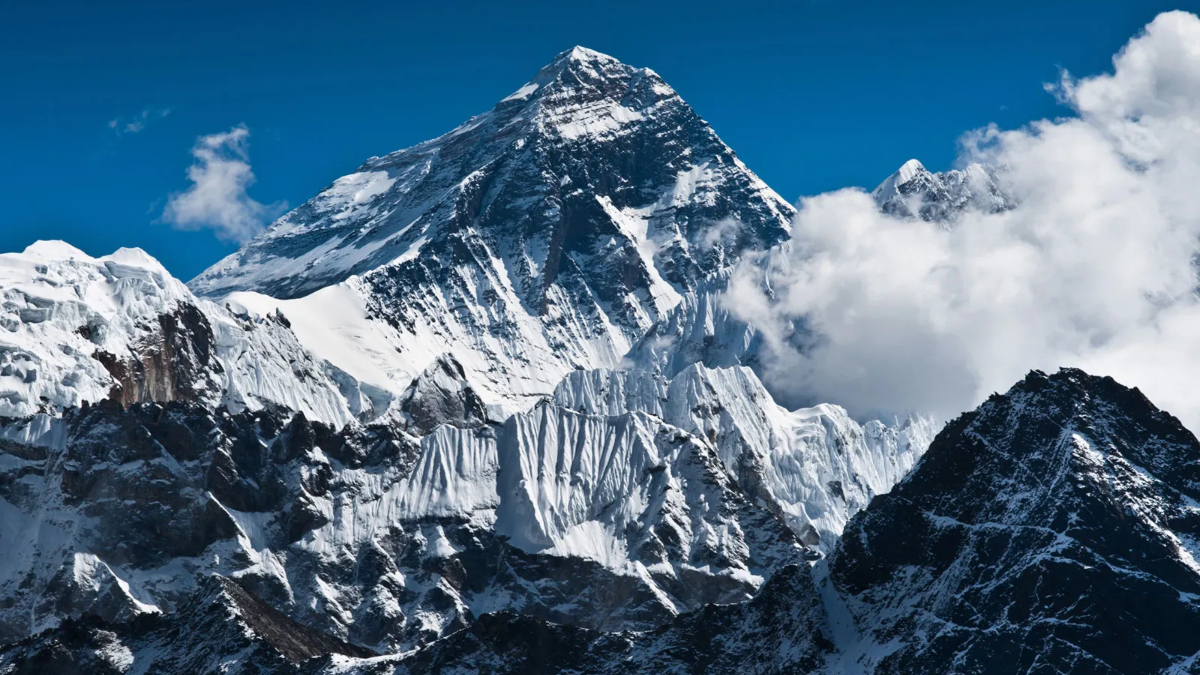A documentary team has uncovered human remains on Mount Everest that may belong to British climber Andrew Irvine, who went missing nearly 100 years ago while attempting to summit the world’s highest peak, according to a report by National Geographic on Friday, October 11.
The remains were found on the Central Rongbuk Glacier, including a boot and a sock with a label stitched “A.C. IRVINE,” potentially shedding light on one of mountaineering’s longest-standing mysteries, AFP reported. Irvine disappeared in 1924 with his climbing partner, George Mallory, as the pair sought to be the first to reach Everest’s 8,848-meter (29,029 feet) summit. Mallory’s body was found in 1999, but Irvine’s whereabouts remained unknown until now.
Climate change, which is rapidly melting ice and snow in the Himalayas, has gradually exposed the bodies of mountaineers who perished in pursuit of the summit. The discovery of Irvine’s remains might provide further clues, including the possible location of his personal effects, which could help confirm if he and Mallory reached the top of Everest decades before the first successful climb in 1953 by Edmund Hillary and Tenzing Norgay.
Irvine’s family has expressed interest in contributing DNA samples to verify the identity of the remains. Irvine was just 22 years old when he disappeared, and he is believed to have carried a camera during the expedition. If found, the camera’s contents could rewrite the history of mountaineering.
Photographer Jimmy Chin, part of the National Geographic team, noted that the discovery narrows the search area for the elusive camera, which may hold critical evidence of the climbers’ final moments.
Since the 1920s, over 300 climbers have died on Everest, many of whom remain buried beneath snow or in deep crevasses. Some bodies have even become grim landmarks along the ascent route, earning macabre nicknames such as “Green Boots” and “Sleeping Beauty.”






